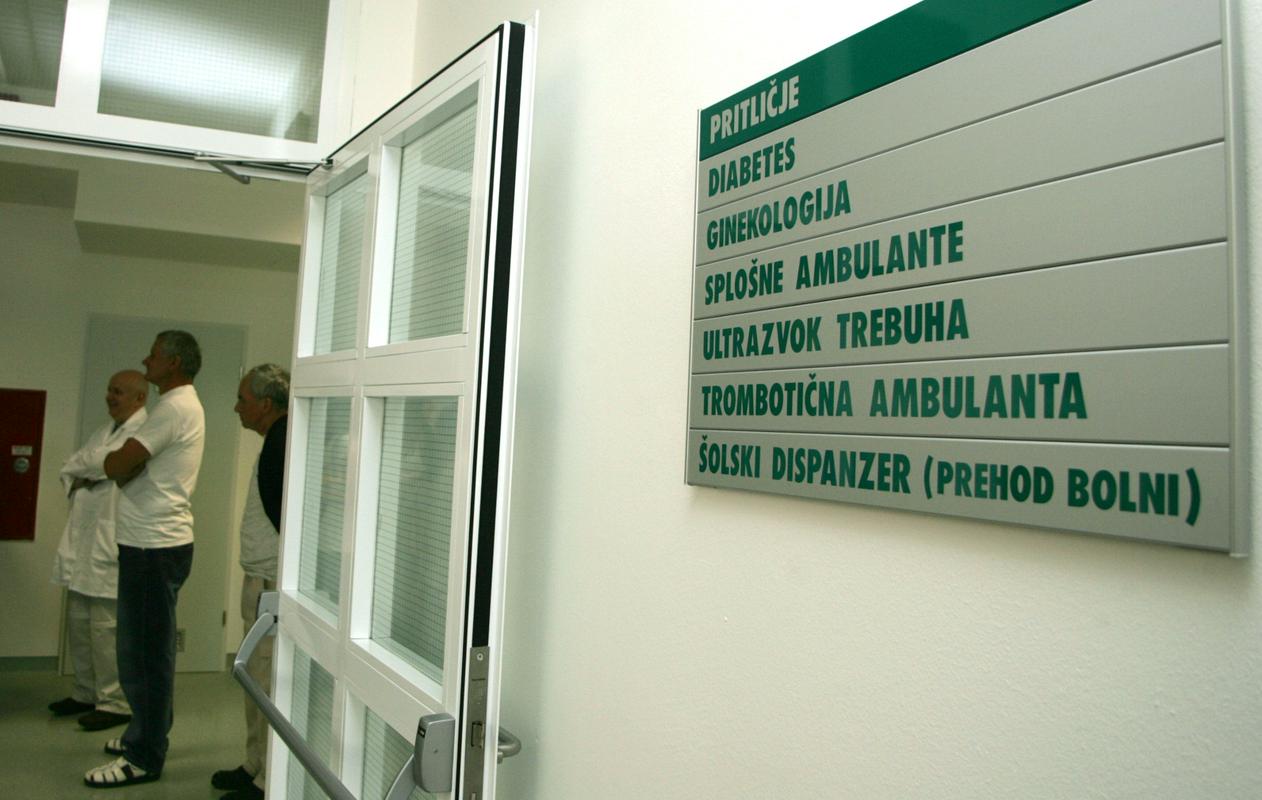The issue has been caused by an agreement signed in May between the health ministry and Fides, the largest doctors’ trade union. According to the deal, doctors can decline registering the patient as their own if they’ve already reached the norm of an average Slovenian GP, which currently stands at the patient quotient of 2100.
The first patients who’ve faced the problem are from Slovenia’s second largest city, Maribor, while only about 25 doctors are still free (officially below the average) in Ljubljana. According to data from the Health Insurance Institute of Slovenia, only 570 public GPs across Slovenia still have vacancies in general and paediatric clinics; a year ago this number was 870, which indicates a 25 percent drop in availability.
“A general practitioner can refuse registering a patient if they exceed the patient quotient of 2100, and it the management of the healthcare centre does not take other measures to distribute the work evenly between patients,” explains Health Minister Milojka Kolar Celarc regarding the agreement with Fides.
Possible measures include employing new doctors and signing contracts with retired GPs. “We’re employing new doctors, but not as many as we’d need as there aren’t that many available on the job market,” emphasizes the director of the Ljubljana Health Centre Rudi Dolšak, adding that the worst problem is that “through its institutions, such as insurance companies, the state does not pay additional programmes, i.e. funds for doctors and medical teams”.
Norms exceeded by 40 percent
“The law mandates that the doctor is required to do expert work and is legally liable for errors,” reminds Igor Muževič from Praktikum, the trade union of Slovenian GPs. He is surprised that GPs had not started declining patients earlier. The norms in general practice have been determined for at least ten years and are currently exceeded by approximately 10 percent, notes Muževič, adding that GPs should have three times fewer daily visits to be able to guarantee truly expert work.
“We’re also seeing errors with fatal consequences occurring due to too late. Apparently the ministry does not have much interest in this topic because it does not mean that patients die the next day but, for example, they still die still 15 years earlier than expected,” adds Muževič. Two hundred additional work groups (medical teams) could solve the problem of patients without selected GPs immediately, which would cost about 30 million euros.



































































